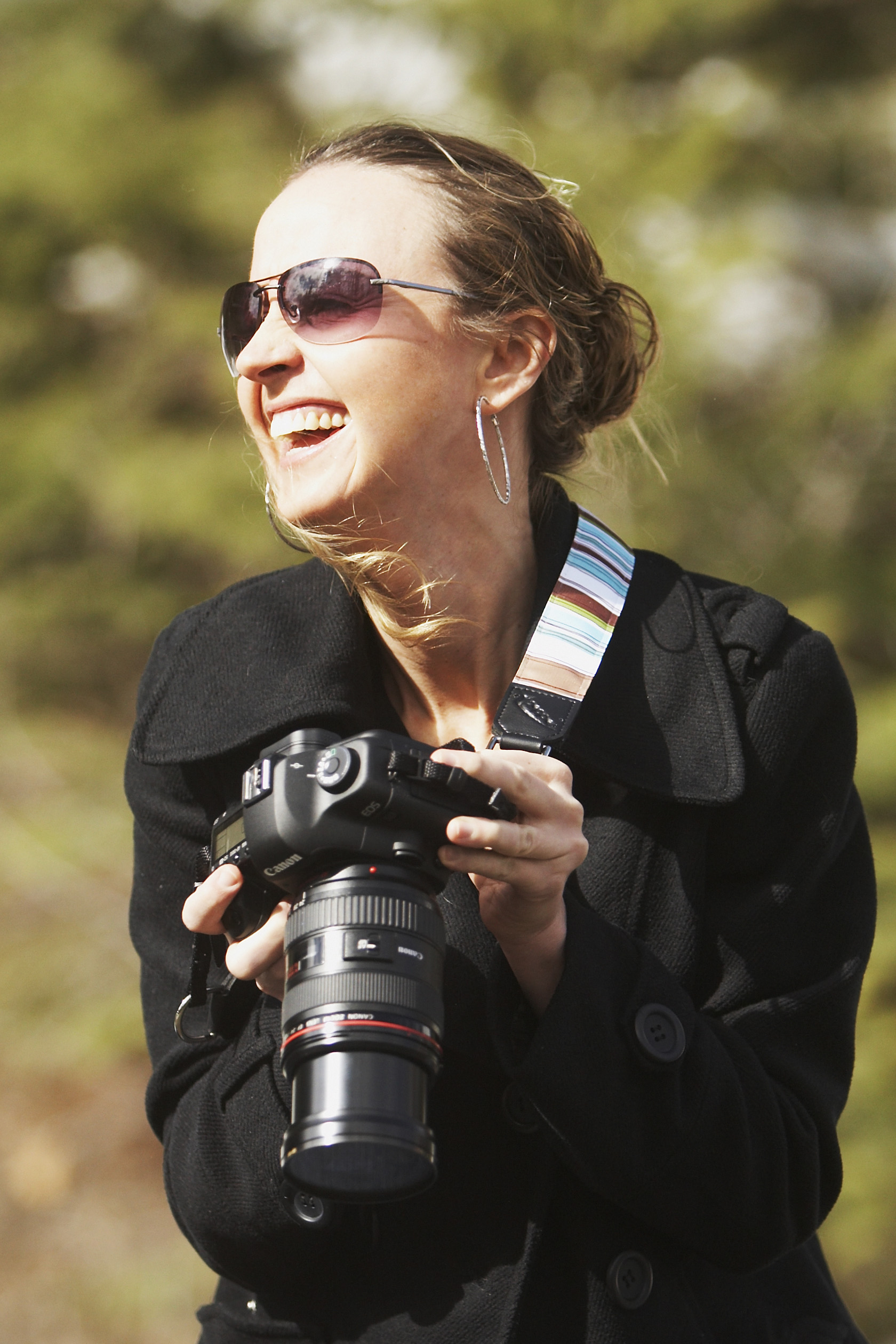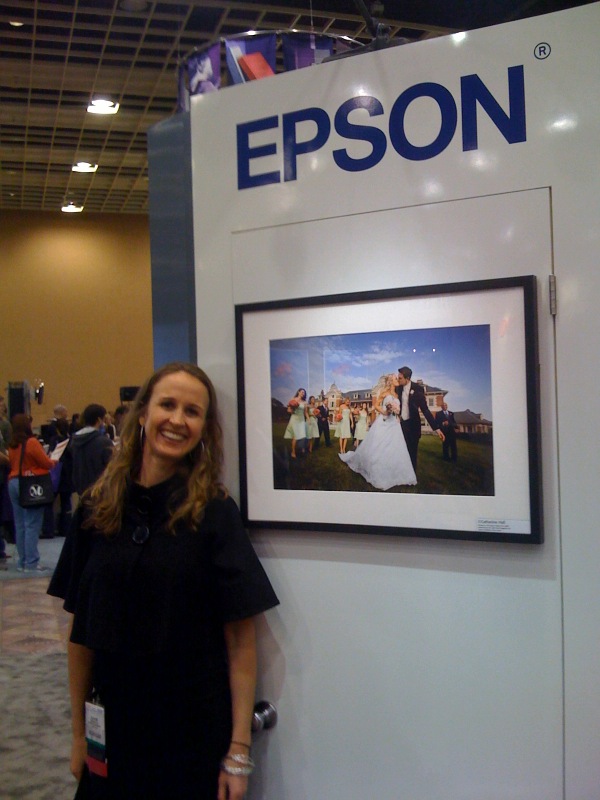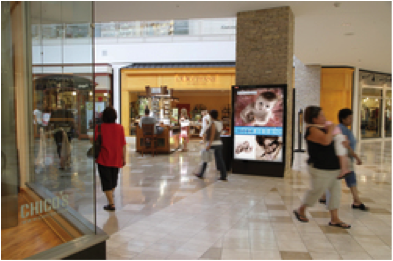Can I stay true to my artistic spirit and make money, too? That question has always bedeviled professional photographers and other creative souls who want to earn a decent living doing something they love. But finding a satisfactory answer has become more urgent as the recession has deepened and droves of newcomers and part-time photographers have entered the photography business.
Many photography pros are likely to be ready for some fresh ideas and inspiration come January when they start analyzing their financial results for 2009. That’s when some other tough questions tend to crop up: How can I do better financially next year? What can I do to bring in more revenues?
 That’s why it’s encouraging to review the conference program planned for the Professional Photographers of America’s Imaging USA Conference, Jan. 10-12 at the Gaylord Opryland Resort & Convention Center in Nashville, TN. Along with sessions focusing on technical proficiency and photographic artistry, the PPA conference organizers have lined up sessions that explain how to differentiate yourself in a crowded market, sell new types of photo products, and update your marketing efforts. The titles of some sessions are self-explanatory. For example:
That’s why it’s encouraging to review the conference program planned for the Professional Photographers of America’s Imaging USA Conference, Jan. 10-12 at the Gaylord Opryland Resort & Convention Center in Nashville, TN. Along with sessions focusing on technical proficiency and photographic artistry, the PPA conference organizers have lined up sessions that explain how to differentiate yourself in a crowded market, sell new types of photo products, and update your marketing efforts. The titles of some sessions are self-explanatory. For example:
- Standing Out from the Crowd-Guaranteed
- Achieve Amazing Results Against the Odds
- Facebook was Made for Photographers
- The One-Two Punch: Rockin’ Images + Social Networking = Business Explosion
- Take Your Studio to the Next Level
- What It Takes to Make the Salary You Need: New PPA Financial Benchmark Survey
- Stop Wasting Your Time: Manage Your Workflow
- Creating the Red-Hot Wedding Studio
In a session entitled Standing in the Shallow End of the Pool and Looking Good, Parker J Pfister will suggest many ways to differentiate your studio, including new shooting styles, unique products, and sales techniques.
During a session entitled Making the Most of Your Talents, photographers Tina and Michael Timmons of The Portrait Gallery will discuss how to diversify your portrait business by photographing, manipulating, and selling customizable portraits as interior décor. As they point out in the course description: “Every home and business is an opportunity—each has a need for imagery to be part of their surroundings.”
In the class called A Cut Above, Julie Klaasmeyer will talk about custom wall art and ways to create a demand for products that are cut above your competition.
And in the workshop entitled Product Design: Plain, Simple, and Profitable, Allison and Jeff Rodgers will discuss how to present clients with photo product designs that work in their own personal spaces.
If you start to feel overwhelmed by all of the business and sales advice, you can attend creativity-inspiring sessions such as Where Have All the Artists Gone? and The Portrait As an Art Form. As always, one of the very best ways to differentiate yourself is to shoot visibly superior images that make a lasting impression and emotional connection.
Newcomers to the photography business may want to arrive at Imaging USA early to attend half-day, one-day, or two-day sessions on topics such as:
- Photographic Essentials When Turning Pro
- The Business of Photography
- Business and Financial Management
- Sales and Customer Service
- Marketing and Promotions
Other sessions cover specialties such as baby and children’s portraiture, wedding photography, and sports photography. There will also be an outstanding exhibition of award-winning prints and an expo of new equipment, software, and services.
You can keep up with all of the plans for Imaging USA 2010 through Facebook, Twitter, LinkedIn and the RSS Feed from the Imaging USA website.
In the meantime, if you’d like some personalized advice on fresh ways to grow your photography business and differentiate yourself in a crowded market, call one of the helpful account specialists at LexJet at 800-453-9538. We have a lot of ideas, too!




